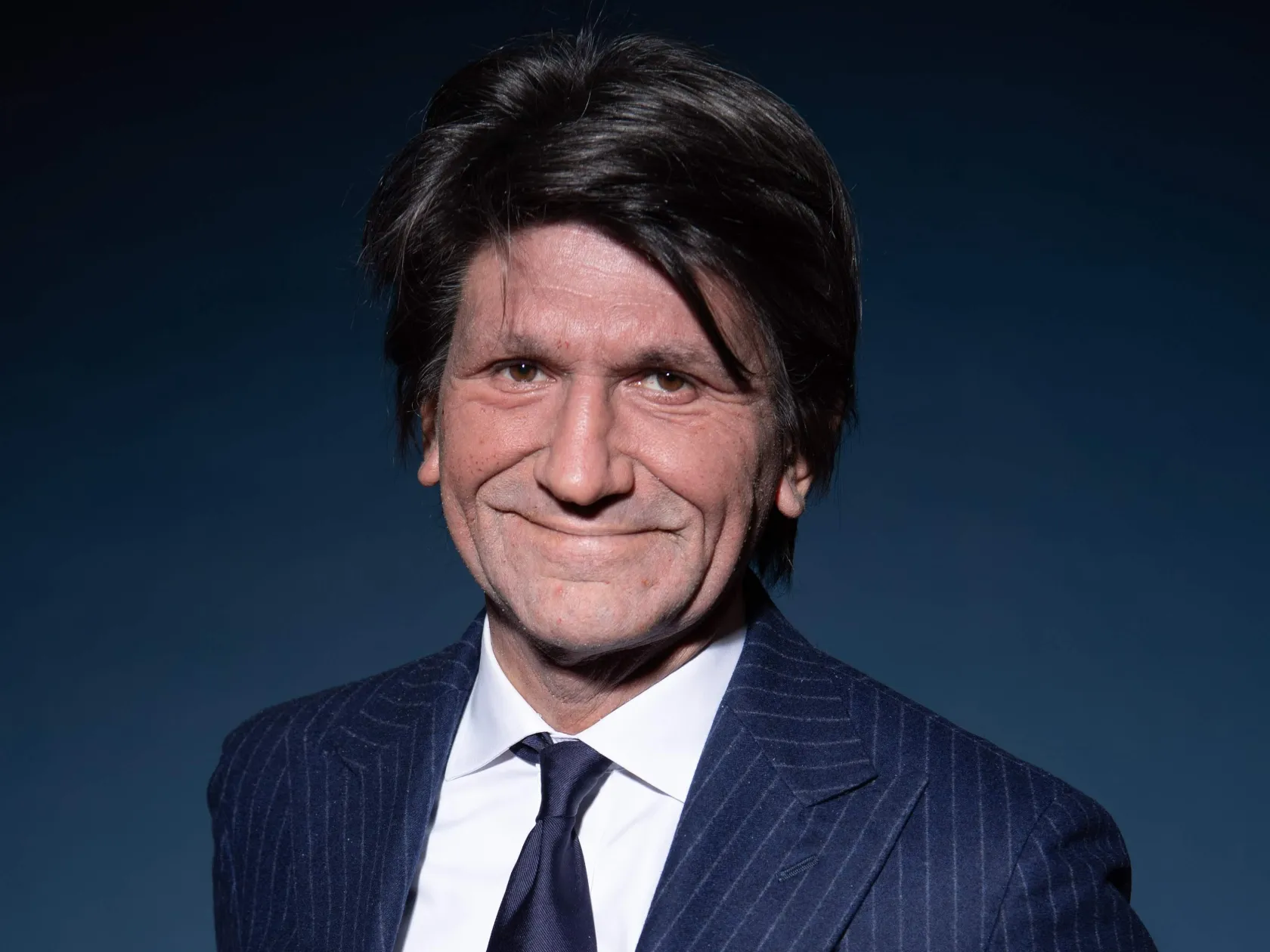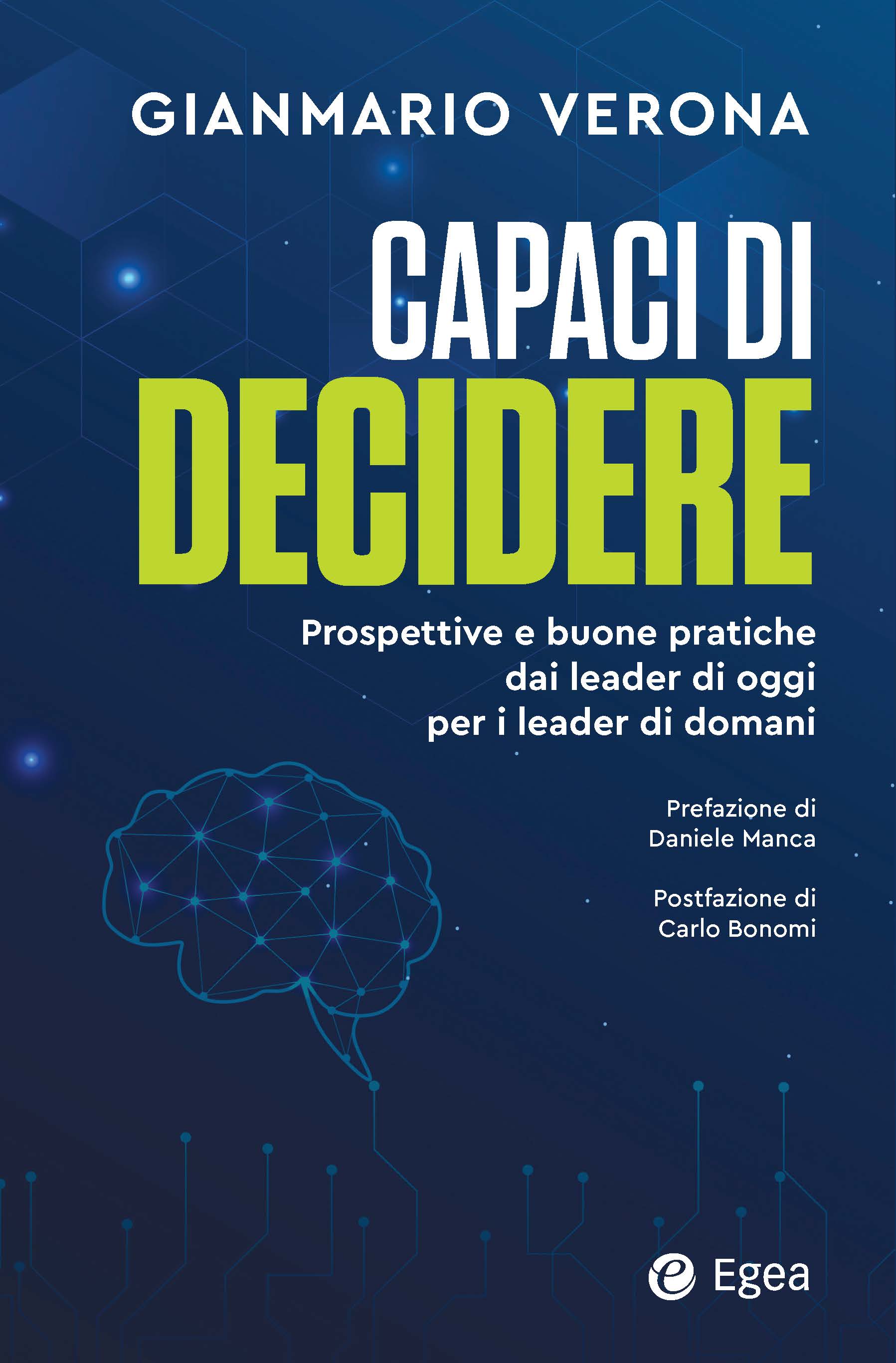
Capable of New Decisions
Deciding in the new millennium is never a trivial activity. From the attack on the Twin Towers in 2001 with the consequent wave of terrorism, up to the global pandemic of SARS-CoV-2 and the war that broke out following the invasion of Ukraine on February 24, 2022, passing through the subprime crisis of 2008 and the sovereign debt crisis of 2011, the so-called macro context of decision-makers is constantly subjected to shocks that basically nullify our predictive ability in our decision making with respect to global economic and geopolitical scenarios. Even the most respected global think tanks whose job is to make forecasts struggle to understand what will happen in the world tomorrow. And, nevertheless, the modern world of economics and finance requires to plan actions in the medium to the long term, since the CEOs of listed companies are valued on a quarterly basis and those of unlisted companies have the eyes of the funds and banks that finance them on their backs. But, apart from the external decision-making framework, the world has also become complicated at the micro level. Our institutions (whether corporate, profit or non-profit, government institutions or NGOs) are enriched by sensibilities unimaginable until a few years ago – think of the issues of diversity and sustainability – and have developed into extremely more complex articulations than their forebears: just look at today's corporate organizational charts and the names of the jobs being carried out, often difficult to decipher if we simply stop at titles. The legal component of business activities has evolved as much as the management component, and today in order to make a decision it is necessary to consult with experts from various disciplines. Not to mention big data which requires the employment of data scientists who have become a precious and scarce resource for all companies.
But, apart from the external decision-making framework, the world has also become complicated at the micro level. Our institutions (whether corporate, profit or non-profit, government institutions or NGOs) are enriched by sensibilities unimaginable until a few years ago – think of the issues of diversity and sustainability – and have developed into extremely more complex articulations than their forebears: just look at today's corporate organizational charts and the names of the jobs being carried out, often difficult to decipher if we simply stop at titles. The legal component of business activities has evolved as much as the management component, and today in order to make a decision it is necessary to consult with experts from various disciplines. Not to mention big data which requires the employment of data scientists who have become a precious and scarce resource for all companies.
Experts may object that "complexity" has been mentioned in business textbooks at least since the dawn of the 1970s. In fact, even the father of global management, Peter Drucker, often refers to complexity in his essays that have resulted in many ideas that are still current today. However, let me stress this: the world today has become definitively more complex and requires a completely new leadership and decision-making perspective.
So what to do in the face of increasing levels of complexity? This is the subject of my book Capaci di decidere (Capable of deciding), channeling the issue of complexity with respect to the three key vectors of the current century: digital, sustainability and human capital. And the volume tackles the topic through the baggage of experiences that I have personally developed at Bocconi in my six years as Rector and, far more importantly, through the extraordinary contributions of fifty leaders whom I had the pleasure of interviewing for a series called Executive Chats, which, through a minimal digital media format, meant to tell Generation Z (the digital natives born in the new millennium, i.e. the citizens/customers of our university classrooms in these years) what characterizes the decision-making process of a modern manager or policymaker today.
As I write the last pages of this journey, generative artificial intelligence continues to produce awe and amazement. In addition to Open AI's ChatGPT, DALL-E software produces images on command and in real time which turn out to be artistic interpretations worthy of the creative touch of expert painters, and thanks to 3D printers, they will probably do so also with respect to experienced sculptors. Meanwhile, a music software has produced a potential hit by two greats of the hip hop and trap movement, Drake and The Weeknd, which had nine million views on TikTok and 250,000 plays on Spotify. Too bad that neither Drake nor The Weeknd knew anything about it, generating embarrassment both in music production companies and distribution platforms. Embarrassment that led to the song being immediately deleted from the entire Internet. The official one of course; not from the deep web where it's likely to go wildly popular.
So what should we do, as we said, to decide in these complex times? At this point, one could say that, of course, the first thing to do would be asking ChatGPT, and its ramifications which will shortly enrich the landscape of generative AI, for the solution to our decision! In fact, this will probably be the modus operandi of Sapiens from now on.
After all, this is what generative AI is for: to help us to give reasonably rational answers on the basis of existing knowledge. For this reason, it becomes even more fundamental to equip ourselves with those digital skills, in such a way as to be able to program artificial intelligence and intelligently formulate the question we need an answer for.
But after submitting our question to ChatGPT, we must have an understanding of how the AI arrived at the answer. A rational answer which is however based on web searches and probabilistic calculations with respect to them. So a wise decision, but observed through a "rearview mirror", i.e. based on what we have to come to know about the issue so far.
Starting from this answer, we should therefore put in all the other ingredients that are shared in this book, starting with important considerations on the challenges of sustainability in its extended meaning, i.e. the challenges of ESG which will hopefully lead us to "do the right thing" in a world that requires more and more attention to the environment, to diversity and inclusion. But we also have to be aware that complexity cannot be fully predicted: we will therefore have to recalibrate our decision-making framework to make it effective. As we said, we need to work on problem framing to establish the right context of our decision – for example by redefining our margins for action. We must enrich ourselves with perspectives coming not only from our own skills, but also borrow them from the human capital that surrounds us: our team of experts and our partners, who can offer us opportunities for a better apprehension of what is being discussed. And once a decision is established, we will have to implement it and fine-tune it by strongly focusing on the continuous adaptation it will require. Incrementalism that enables it to grow adequately with the surrounding context, and be progressively refined as complexity unfolds before us, will be just as important in helping us decide with a sense of realism in a changing and ever more challenging world.
In summary, the hope is that the journey undertaken in this volume may give some alternative ideas. Digital, sustainability and human capital are the keys for getting ready to face an increasingly complex world. And the best thing about this journey is that... We are only at the beginning!